Landlord Inspection Letter Template for UK Properties
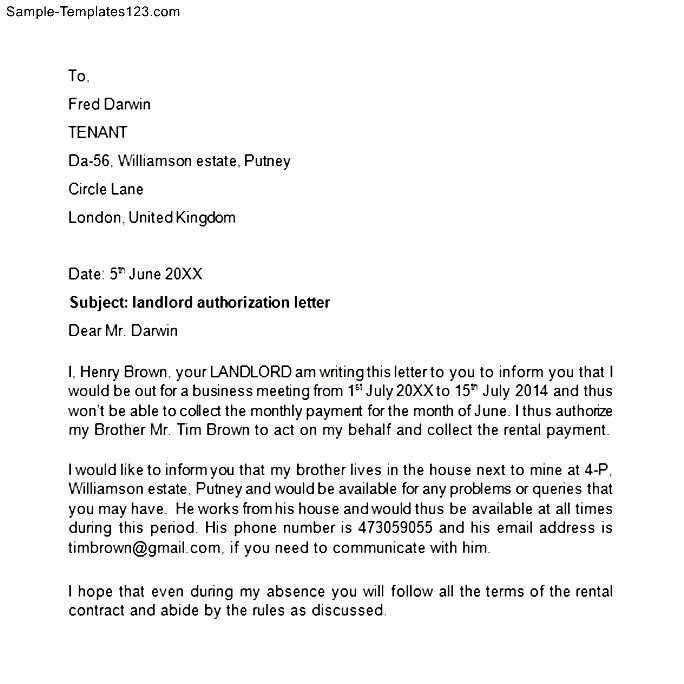
Clear communication between tenants and property owners is essential for maintaining a good relationship and ensuring the property stays in optimal condition. When it’s time to assess the property, having a well-structured notification is key to avoiding misunderstandings and ensuring both parties are on the same page.
In the UK, there are certain standards and legal requirements when it comes to notifying tenants about property evaluations. It’s important to send a professional and comprehensive notice, outlining the purpose of the visit, timing, and any necessary preparations. A thoughtfully crafted message not only fosters trust but also helps to streamline the entire process.
Whether you’re a property owner or a tenant, knowing how to properly convey this information is crucial. This guide will provide all the necessary details to draft an appropriate communication, ensuring you meet both legal standards and best practices for a smooth and respectful interaction.
Why Property Evaluations Are Important
Regular checks of rental properties are crucial for both owners and tenants. These assessments help ensure that the property remains in good condition, preventing potential issues from becoming major problems. Such evaluations also protect both parties, establishing clear documentation of the property’s state and ensuring compliance with local laws and regulations.
Protecting the Property and Investment
For property owners, regular assessments help safeguard the value of their investment. Early identification of maintenance issues can prevent expensive repairs down the line. By addressing problems promptly, owners can maintain the property’s appeal, avoid long-term damage, and increase its marketability to future tenants.
Ensuring Tenant Responsibility
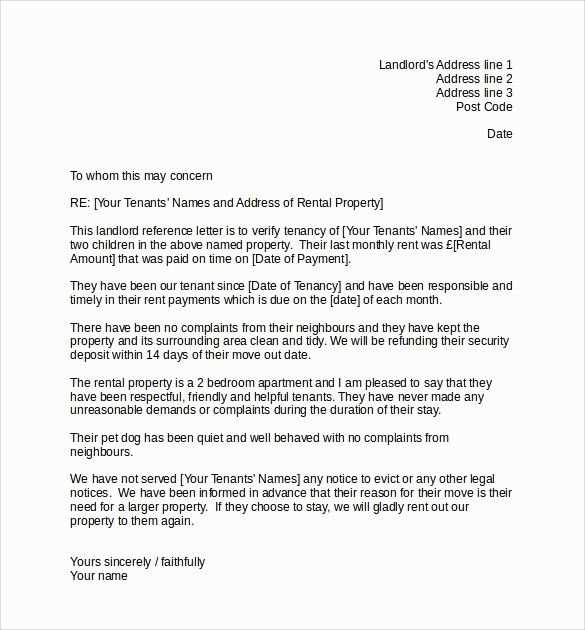
From a tenant’s perspective, these evaluations provide an opportunity to demonstrate care for the property and address any concerns before they escalate. Clear communication helps foster a sense of accountability and mutual respect between the tenant and the property owner.
| Benefit | Impact |
|---|---|
| Identifying Maintenance Issues Early | Prevents costly repairs and keeps the property in top condition |
| Ensuring Legal Compliance | Helps both parties adhere to local property laws and safety regulations |
| Maintaining Property Value | Preserves the investment and appeals to future tenants |
Understanding the Legal Requirements in the UK
In the UK, there are specific laws governing how property assessments should be conducted. These regulations are designed to protect both tenants and property owners, ensuring that visits are carried out fairly and with adequate notice. Understanding these legal obligations helps avoid disputes and guarantees that the process remains transparent and respectful.
Notice Period and Access Rights
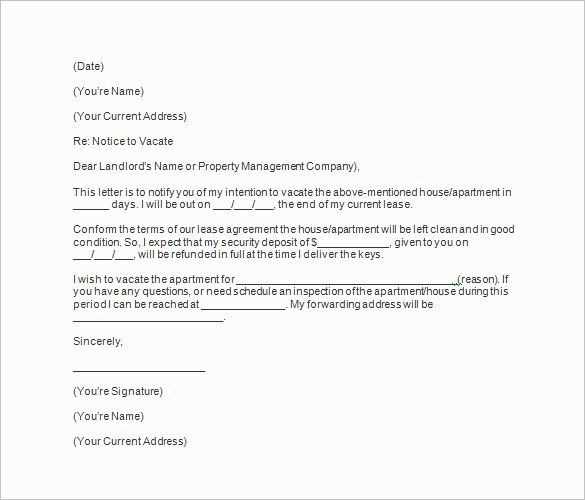
Under UK law, tenants must be given proper notice before any evaluations are carried out. Typically, a minimum of 24 hours’ notice is required, although the exact time frame can depend on the nature of the visit. Property owners or agents cannot enter the premises without consent unless there is an emergency situation. These rules help maintain privacy and security for tenants, while also allowing owners to perform necessary checks.
Legal Obligations and Tenant Protection
Tenants have the right to live in a property that meets safety standards. Regular assessments help ensure compliance with fire safety regulations, gas safety, and overall habitability. Failure to adhere to these standards can result in legal consequences for property owners. Therefore, ensuring that property evaluations are conducted according to the law not only protects tenants but also reduces the risk of penalties for property owners.
How to Write an Effective Property Evaluation Notice
Writing a clear and professional notification for a property visit is essential to ensure smooth communication and avoid confusion. A well-crafted notice not only sets expectations but also helps maintain a positive relationship between tenants and property owners. Below are the key steps to follow when composing an effective communication for a property check.
1. Include Key Information
Your notice should cover all the necessary details, so the recipient knows exactly what to expect. Make sure to include:
- Purpose of the visit
- Specific date and time
- Duration of the visit
- Any preparations required from the tenant
2. Be Clear and Concise
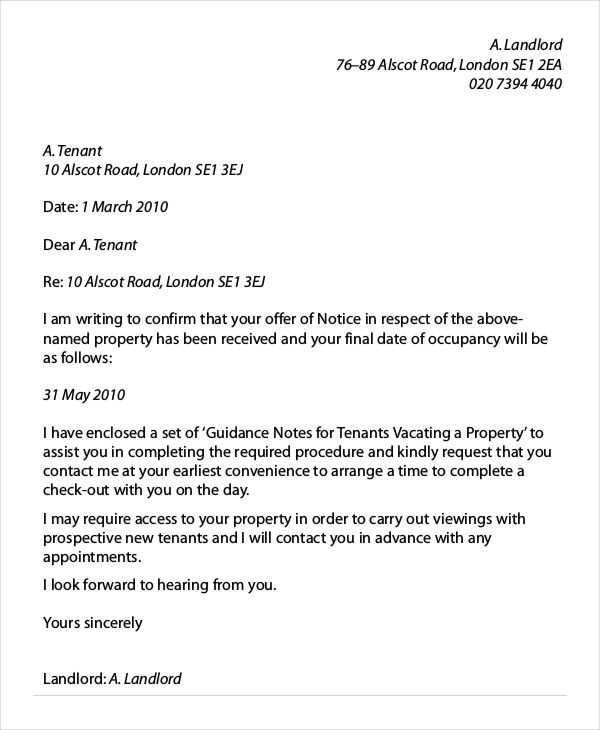
Avoid unnecessary details or jargon. Be direct, ensuring that your message is easily understood. Use simple language and focus on what is most relevant to the tenant.
3. Provide Sufficient Notice
It’s crucial to give tenants enough time to prepare. Typically, 24 to 48 hours’ notice is expected under UK law. Make sure to include the exact amount of time you’re providing before the scheduled check.
4. Mention Legal Rights and Responsibilities
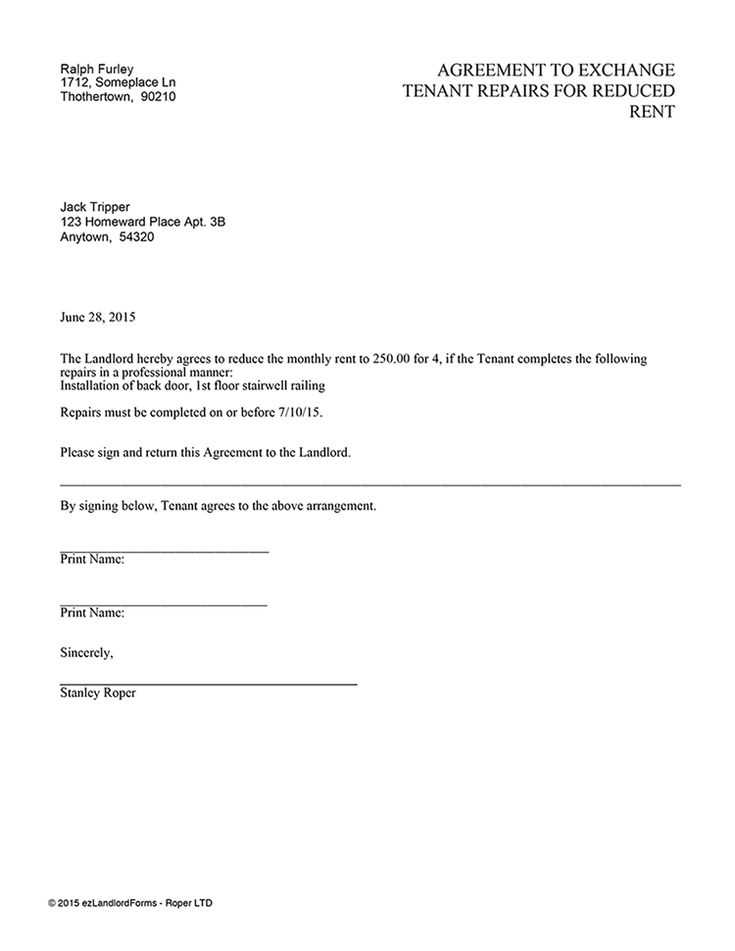
In your message, it’s helpful to remind the tenant of their legal rights, including their right to privacy and consent. Reinforce the importance of cooperation and clarify that the visit will be conducted in accordance with the law.
5. Be Professional and Courteous
Maintain a respectful and friendly tone throughout the notice. The goal is to foster good communication, so ensure that your message reflects professionalism and understanding of the tenant’s perspective.
Key Information to Include in the Notice
When notifying tenants about a scheduled property assessment, it’s important to provide all the necessary details to ensure the visit goes smoothly. Including the right information not only helps tenants prepare but also ensures transparency and compliance with legal requirements. Here are the key elements to cover when composing your communication.
First and foremost, the notice should clearly state the reason for the visit. Whether it’s for routine maintenance, repairs, or a general review of the property, specifying the purpose helps the tenant understand the need for the visit.
Another critical detail is the specific date and time of the scheduled visit. It’s essential to provide enough lead time–usually 24 to 48 hours–to allow tenants to make any necessary arrangements. Additionally, mentioning the expected duration of the visit helps tenants plan their day accordingly.
Next, the notice should outline any steps the tenant needs to take before the visit. This could include making the property accessible, securing pets, or leaving certain areas clear for inspection. Clearly stating these expectations will help avoid any confusion.
Finally, it’s important to include a reminder of the tenant’s rights and responsibilities. This includes the right to privacy and consent for entry, as well as the property owner’s obligation to respect those rights. By emphasizing these points, you establish a respectful tone and clarify the legal framework surrounding the visit.
Best Practices for Sending the Notification
Sending a well-crafted property visit notification is as important as writing it. The manner in which the message is delivered can significantly impact the tenant’s response and ensure a smooth process. Adhering to best practices for sending the notice helps maintain professionalism and fosters good communication between tenants and property owners.
One of the first things to consider is the delivery method. It’s best to send the notice through a reliable and traceable channel. While email is commonly used, physical mail can also be a viable option, especially for tenants who may not check their inbox regularly. Regardless of the method, ensure you keep a copy of the sent notice for your records.
Timing is another crucial factor. Sending the notification with adequate lead time–usually 24 to 48 hours before the scheduled visit–is not only legally required but also demonstrates respect for the tenant’s time. Avoid sending the notice too late, as this could create unnecessary confusion and inconvenience.
Make sure to follow up with the tenant to confirm receipt of the notice. This can be done through a quick call or an email, especially if you haven’t received an acknowledgment. This ensures that the tenant is aware of the visit and helps avoid any misunderstandings.
Lastly, maintain a polite and professional tone when sending the notice. A courteous message goes a long way in fostering good relations and ensuring that tenants view the visit as a normal and cooperative process rather than an inconvenience.
Common Mistakes to Avoid During Property Visits
When conducting property evaluations, it’s essential to avoid certain pitfalls that could lead to confusion, disputes, or even legal issues. Being aware of these common mistakes ensures a smoother process and helps maintain a positive relationship between property owners and tenants. Here are some key errors to watch out for.
One of the most frequent mistakes is failing to provide adequate notice before the visit. According to UK regulations, tenants must be given proper notice–usually 24 to 48 hours–before entry. Not adhering to this rule can cause unnecessary tension and may even result in legal action.
Another mistake is being unclear about the purpose of the visit. Failing to explain the reason for the assessment can cause confusion and discomfort for tenants. It’s important to clearly communicate the goals of the visit, whether it’s for routine checks, repairs, or general maintenance.
Sometimes, property owners or agents may overstep boundaries by not respecting tenants’ privacy. This includes entering private areas without consent or not sticking to the agreed-upon time frame. It’s important to always respect the tenant’s space and follow the terms outlined in the communication.
Lastly, many forget to document the results of the visit. Not keeping a record of the property’s condition or the actions taken during the visit can lead to disputes later on. A clear, written report helps protect both parties and provides a reliable reference in case any issues arise.